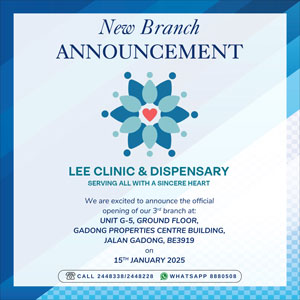ANN/THE JAKARTA POST – Middle-class Indonesians in Jakarta are increasingly struggling to attain financial stability as the rising cost of urban necessities strains their monthly budgets, according to new government data.
A report by The Jakarta Post found that essential expenses like food and housing consume a large portion of middle-class incomes in the capital, leaving little room for savings or investments, which puts many in a financially fragile position.
One example is Erika Kurnia, a reporter for Kompas, who takes home about IDR8 million (USD520) monthly after taxes and social insurance deductions. Around 15 per cent of her salary goes toward her office’s cooperative fees, leaving her with less than IDR7 million for other expenses. She explained that “around IDR5 million to IDR6 million” is typically spent on daily necessities. In an interview with The Jakarta Post, she said that meaningful savings are only possible when she receives extra income from business trip allowances.
On August 27, Coordinating Economic Minister Airlangga Hartarto admitted that Indonesia’s middle class is in a worse financial state than it was in 2019, largely due to the lasting effects of the COVID-19 pandemic, which he described as a “scarring effect” that still needs to be overcome.
During an impromptu press conference held by Statistics Indonesia (BPS) on August 30, the agency’s interim head Amalia Adininggar Widyasanti, further clarified the government’s economic classification system.

Using a system created by the World Bank in its 2019 publication, Aspiring Indonesia: Expanding the Middle Class, the government categorises people based on their monthly spending.
Those spending less than IDR582,932 per month in 2024 are classified as poor, and those who spend between that figure and 1.5 times as much are categorised as vulnerable to poverty, while those spending 1.5 to 3.5 times that figure are called the aspiring middle class.
The middle class is defined as those spending 3.5 to 17 times that same figure of IDR582,932, or around IDR2.04 million to IDR9.91 million.
Anything above that monthly spending puts people in the upper class, Amalia said.
Referring to that classification, 17.13 per cent of the archipelago’s 2024 population falls into the middle-class category, far below the share of 21.45 per cent in 2019.
The share of the aspiring middle class, meanwhile has grown slightly over the same five-year period to 49.22 per cent.
Combined, those two groups make up 66.35 per cent of the population in 2024 and account for more than 80 per cent of the population’s consumer spending – the largest contributor to Indonesia’s gross domestic product (GDP).
“The middle class has a crucial role as an economic cushion of a country. When the proportion of the middle class is relatively thin, an economy becomes less resilient to shocks,” Amalia said.
The BPS data reveal that more than two thirds of middle-class spending goes toward food and housing and that middle class Indonesians today spend a greater share of their income on those primary necessities and less on entertainment and durable goods like cars.
Jakarta is notorious for comparatively high rents, and Erika has to set aside IDR1.25 million every month for a room, excluding utility bills, and about twice as much for food.







